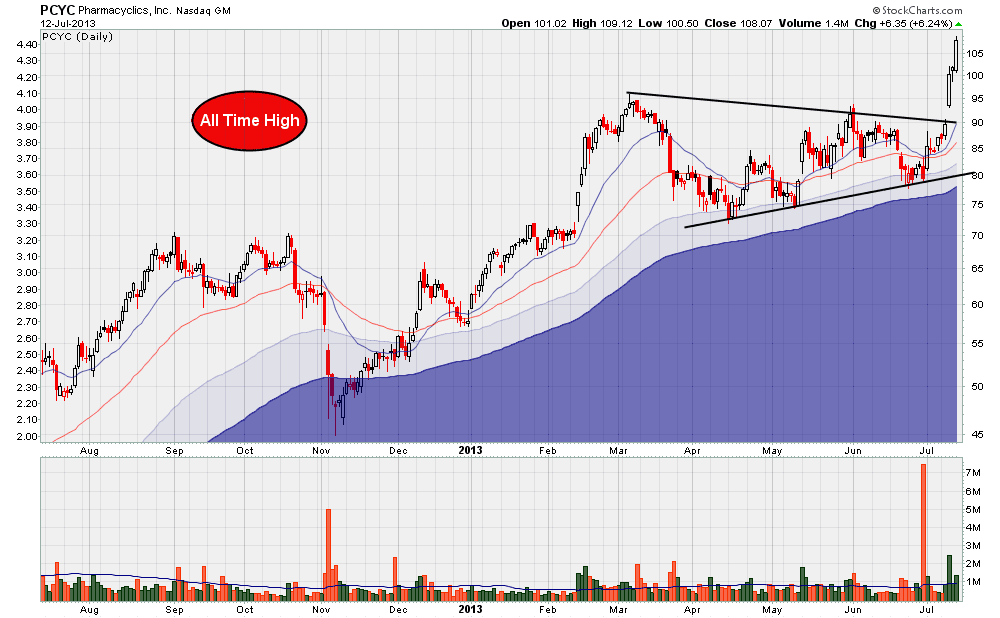Yesterday, I came across an innovative new ETF that may be of interest to trend following traders.
Ticker symbol DWAS, what the fund does, in a nutshell, is out of a universe of 2,000 American small cap stocks, it invests in the top 200 of those that are displaying the strongest relative strength price action, then rebalances the portfolio quarterly.
Relative strength, not to be confused with the (useless) RSI technical indicator, means that a stock is doing better than the general market. For example, if stock XYZ has gone up 20% in the last quarter, but the general market has only gone up 10%, then XYZ stock is showing relative strength.
All of the stocks that I mention on this blog are showing strong relative strength.
So, is this strategy actually working? Well, according the creator's
website, this ETF is doing much better YTD than the competition, as the following table shows:
As the table above shows, this fund has outperformed every single one of its competitors, year to date.
The chart below shows DWAS outperforming the Russell 2000:
The bottom line with this ETF is that I think the strategy is sound and I think it is a good product. However, one concern I have is that it is "always in the market", meaning that the fund cannot escape into cash in the event of a major market meltdown, so this fund will likely lose money in a 2008 type year.
There is only one ETF that has a strategy that would dodge a market collapse, and I blogged about it before
here.


















